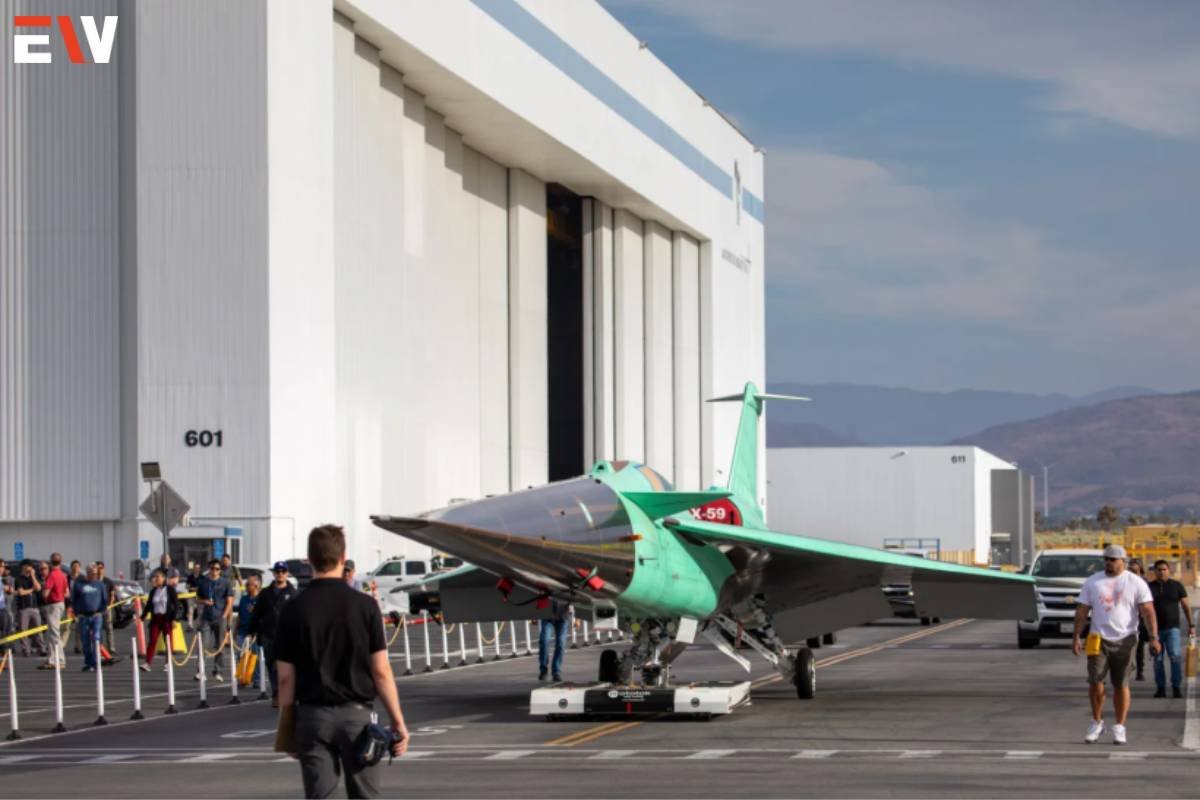NASA’s Quesst mission has postponed the inaugural flight of its X-59 quiet supersonic aircraft to 2024. The X-59, an extraordinary experimental aircraft, has posed intricate engineering challenges for NASA researchers collaborating with the primary contractor, Lockheed Martin Skunk Works. Apart from its unique design, the X-59 incorporates innovative technology and components from various established aircraft, including its landing gear from an F-16 and its life-support system adapted from an F-15.
Additional time is required to integrate systems into the aircraft
Given the complexities involved in developing this exceptional aircraft, the Quesst team is diligently addressing several technical issues identified during the course of 2023, when the X-59 was initially slated for its maiden flight. Additional time is required to seamlessly integrate systems into the aircraft and ensure their proper functioning. The team is also resolving intermittent problems with some of the safety-redundant computers that oversee the aircraft’s systems.
Over the past year, Quesst has made consistent progress towards flight readiness. The team completed the finishing touches on the X-59’s tail structure, allowing them to finalize its electrical wiring and advance to critical ground tests. They also moved the aircraft from its assembly facility to the flight line for structural testing.
The X-59’s primary objective is to demonstrate the capability to achieve supersonic flight, exceeding the speed of sound, while minimizing the typical disruptive sonic boom to a subdued sonic thump. NASA intends to conduct flights over several communities to collect data on how people perceive the noise it generates. This data will be provided to U.S. and international regulators to potentially revise regulations that currently prohibit commercial supersonic flight over land.
Lockheed Martin X-59 finally unveiled in hangar rollout
Fully committed to a meticulous review and testing process
NASA places paramount importance on safety and mission success. For Quesst, this entails ensuring the X-59’s safety before it takes flight and ensuring its long-term reliability during the community test phase. The aircraft is currently undergoing comprehensive integrated testing, which must be successfully completed prior to its inaugural flight. Following this stage, the aircraft will proceed to a flight readiness review, during which NASA will unveil a more specific timeline for the first flight.
Quesst represents a mission with the potential to transform commercial aviation travel by significantly reducing travel times. Safely and reliably deploying the X-59 is crucial for NASA to realize the benefits of this mission. The agency is fully committed to a meticulous review and testing process to ensure the mission’s success.










